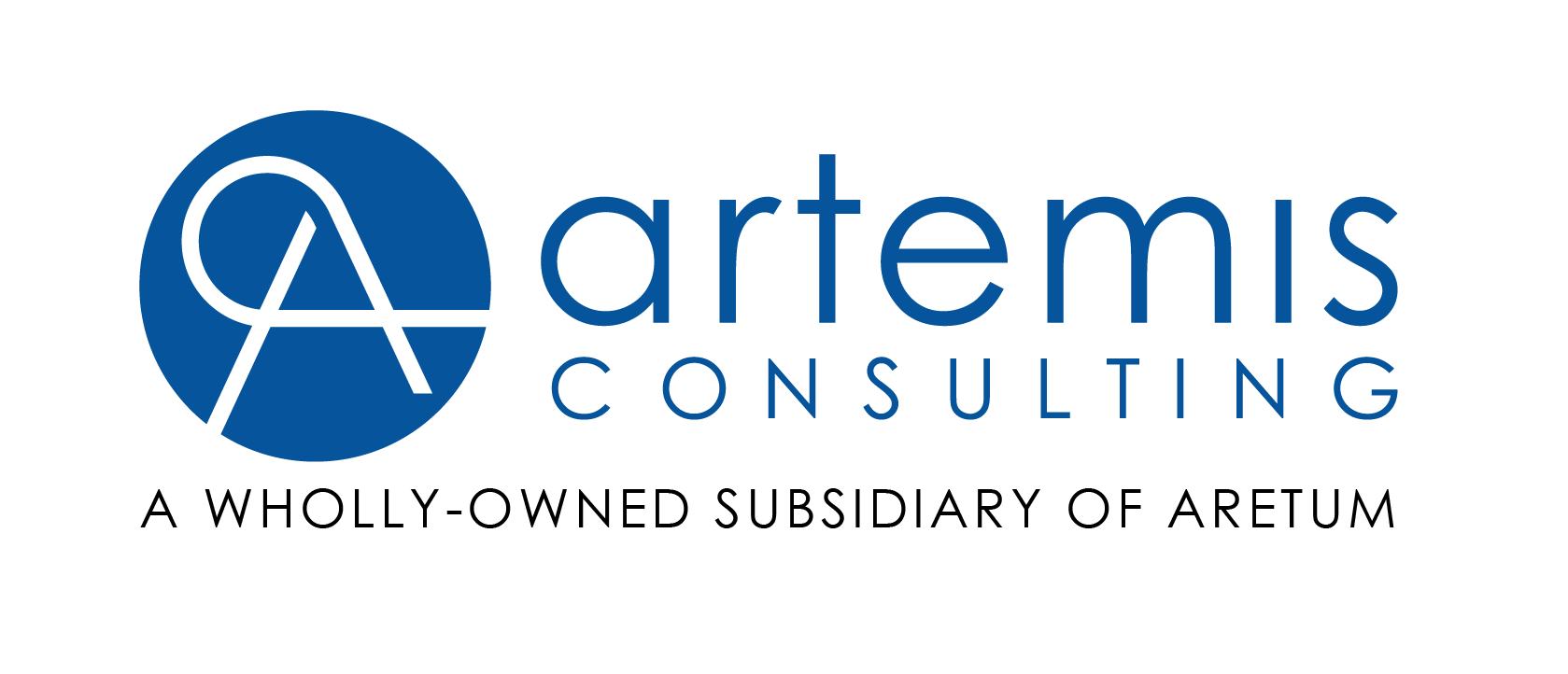
Whether communication be a skill, art, or combination of both, there is no doubt that being able to communicate effectively is imperative to a successful business. Advances in technology have fostered the rapid growth of multiple channels of communication. We are increasingly dependent upon email, instant messaging, and text messaging. Add in cellular phones, and you never need to be unavailable.
This of course can be seen as a problem itself, but the expectation of being contactable and available has never been greater.
With all of these options, which format should be used when you need to communicate with someone? This depends upon several factors. Firstly, the recipient must have access to the same technology which you are intending to use. Clearly, a Google Hangout requires the attendees have a google account.
Secondly, expected speed of response is also a major factor in deciding how to communicate. Instant message or text messages can get attention quickly. The flashing onscreen message being simple to reply to, and perhaps difficult to ignore.
A phone call is intended to provide direct access to an individual. These are usually made at the convenience of the caller. Caller ID may be used by the person being called, so they can decide whether to answer or not, but a phone call can be the fastest way to get a response.
Continuing on our blog about business communication – we explore one Manager’s pitch to use email more!
Emails may be easy to overlook. Perhaps the volume of email traffic that individuals receive has contributed to some weariness with the format, and that keeping up to date with a busy inbox is a challenge. Emails tend to be more useful than the instant messaging formats when it is necessary to document instructions, or have more of a record that something was sent. Having an email archive is a useful resource to have available which many of the other communication formats do not have.
The content of the message is also critical in determining how to communicate. Email is more formal than an instant message or text message. There are occasions of course when a phone call is required to relay sensitive information, or if possible, a face to face meeting. It may be easier to cite an email thread as a record of what has been said rather than an unrecorded phone call or conversation.
The language that we use differs across the formats. Obviously, the informal language used in instant messaging should be best avoided when emailing with a client.
Dialog via email may give more time for the participants to consider their responses. In a phone call or face to face conversation, you need to be coherent and convey yourself succinctly, with little time to review what you are seeking to communicate. This is an often overlooked skill, as is being able to explain technical details without talking down to clients.
In summary, we take for granted the availability of multiple communication platforms, and pay little heed to the implicit language styles associated with these different formats. Perhaps exercising a little more thought and caution when firing off the next instant message or email would be of benefit. Is this communication really so ‘throw-away’ or might it be an archival record to be drawn upon in the future? No matter the medium, words are was powerful as they ever have been.
